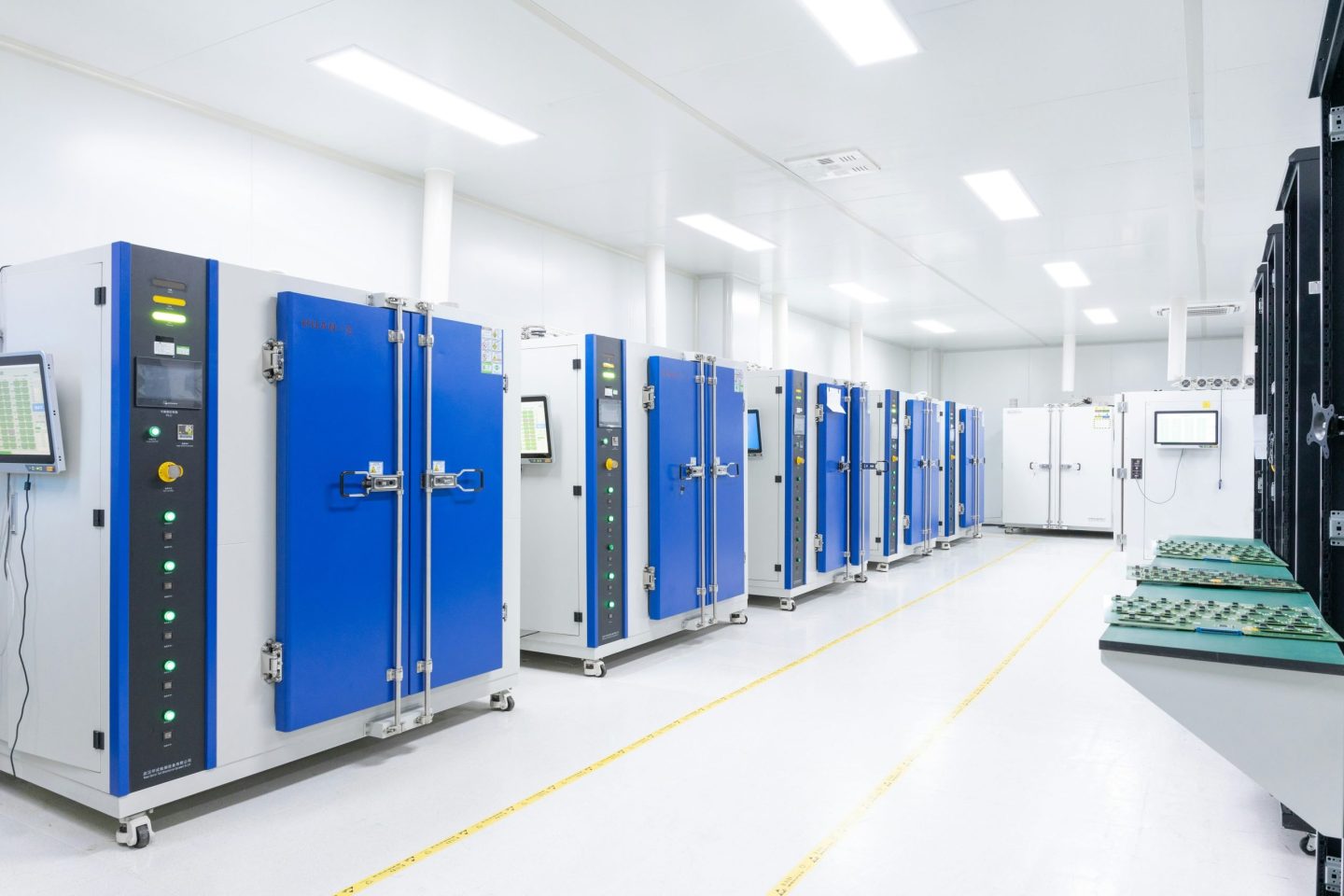
Have you ever noticed how the rise of AI and cloud computing has supercharged energy demands?
Data centre, the unsung heroes of our digital world, are now grappling with a growing dilemma. While they power our online lives, they’re also some of the biggest energy guzzlers, contributing significantly to global power consumption. With generative AI booming and workloads ballooning, it’s no surprise that technology’s carbon footprint is on the rise.
This raises an important question: how can data centres meet AI’s energy needs without compromising performance? That’s where Climatik, a project led by Red Hat in collaboration with Intel, Bloomberg, and IBM, comes in. It’s intended to optimise energy efficiency in data centres using a sophisticated approach known as power capping—and it’s all about finding the sweet spot between sustainability and performance.
What’s the deal with power capping?
Power capping might sound technical, but at its core, it’s about controlling energy consumption intelligently. Climatik uses Kubernetes, Prometheus, Kepler, and Custom Resource Definitions (CRD) to monitor and adjust power usage in real time. The result? A data centre can level out those pesky energy spikes produced by intensive AI workloads without missing a beat on performance.
- Register a Domain Name
Registering a domain name is a fundamental step in establishing an online presence, whether it’s for a personal project, a business, or any other endeavor. - Progressive Mix of World News and Propaganda
- Migrating from GoDaddy Website Builder to WooCommerce
Building an online store with a Website Builder is a great starting point for a new business. - WordPress Security Vulnerabilities and Solutions
Security is a massive topic in the modern world. Mental, physical, emotional, financial, cyber, we all care one way or another about at least one of those. - Perform an SEO Audit for WordPress
You can’t simply build a WordPress website and think you’ll attract traffic and users without having a solid search engine optimization strategy.
A key element of any successful search engine optimization strategy is performing regular SEO audits of your website. - LIEFFIE – Digital News and Development
Basically, it’s like setting and sticking to an energy budget. Kubernetes admins can tweak these caps dynamically, ensuring operations remain sustainable while heavy-duty AI applications run seamlessly.
The brains behind Climatik
Climatik isn’t just any solution—it’s built on a robust, cloud-native stack that fits right into existing setups. Here’s a quick glance at the technology that makes everything work:
- Kubernetes: Professionally manages containerised AI workloads.
- Prometheus and Kepler: Keep a close eye on real-time power consumption metrics.
- CRD: Defines customised power capping policies for specific tasks.
- Controller: Constantly adjusts power caps based on live data.
- Webhook: Enforces these policies on the fly.
This combination lets Climatik reduce energy use without sacrificing the performance AI workloads demand.
Why it matters
Deploying Climatik offers tangible benefits:
- Energy efficiency: It smooths out power usage and limits consumption without hindering performance.
- Sustainability goals: By curbing energy use, businesses can slash their carbon emissions.
- Optimised performance: AI workloads stay efficient, even under power management constraints.
The need for energy-efficient solutions is only going to grow as AI and cloud computing continue to scale. Climatik’s approach to power capping provides a practical, forward-thinking solution for data centres looking to reduce their carbon footprint while staying on top of their game.
Looking ahead, Climatik is set to expand its capabilities by integrating with more monitoring and management tools. What’s the goal? To build a system that is both reliable and scalable, ready to adapt to any data centre’s needs.
(Photo by Unsplash)
See also: Cisco sets its sights on quantum data centres
Want to learn more about cybersecurity and the cloud from industry leaders? Check out Cyber Security & Cloud Expo taking place in Amsterdam, California, and London. Explore other upcoming enterprise technology events and webinars powered by TechForge here.




